Facing a resurgence of COVID-19 cases, China's precise containment measures continue to function as a stabilizer for socio-economic development while protecting people's lives and health.
In Omicron-hit cities such as Tianjin and Anyang, apart from stringent containment measures -- quick lockdowns, massive screenings and large-scale inoculations, local authorities spare no effort to maintain the normal functioning of society, using both online and offline channels to ensure citizens get daily necessities.
"China has adopted the approach of 'dynamic zero-case policy' for two years, and this has proved to be successful. We must continue to put people's lives first," said Zhang Boli, an academician with the Chinese Academy of Engineering and recipient of the national honorary title "the People's Hero" for his outstanding anti-epidemic efforts.
The National Bureau of Statistics (NBS) reported Wednesday that China's consumer price index (CPI), a main gauge of inflation, rose 1.5 percent year on year in December, down from the 2.3-percent increase a month ago.
For the full year of 2021, the CPI stood well below the country's annual target of approximately 3 percent by climbing 0.9 percent, the data showed.
China's producer price index (PPI), which measures costs for goods at the factory gate, went up 10.3 percent year on year in December, down from the 12.9 percent year-on-year increase registered in November.
The consumption market remained overall stable last month, and the slower expansion of both indices was due to the implementation of policies to ensure supply and stabilize prices amid epidemic prevention and control, according to senior NBS statistician Dong Lijuan.
The dynamic-zero approach taken by China since the start of the epidemic has propelled its economic recovery faster than that of other countries.
"China has taken a leading position in both economic development and pandemic control worldwide in 2021," said Han Wenxiu, an official with the Central Committee for Financial and Economic Affairs.
In the past year, the world's second-biggest economy has staged an impressive rebound from the pandemic-induced slump. The growth rate of major economic indicators stayed within a reasonable range and more than 12 million new urban jobs were created.
Facing logistics uncertainties, China-Europe freight trains emerged as a highlight considering their crucial role in enhancing global supply chains, stabilizing consumer prices and helping countries combat COVID-19 outbreaks.
Global investors have cast a vote of confidence for China. In the first 11 months of 2021, foreign direct investment (FDI) into the Chinese mainland, in actual use, topped the 1-trillion-yuan (156.85 billion U.S. dollars) mark, surpassing the whole-year FDI in 2020 and affirming China's continued dominance as the top investment destination globally, the latest data showed.
By the end of December 2021, bonds in China's interbank market held by overseas institutions totaled 4 trillion yuan, an increase of 750 billion from a year ago, said the People's Bank of China Shanghai Head Office.
The Institute of International Finance said in a recent report that net capital flows to emerging markets rose last month from November but fell more than 75 percent year on year, with China the main recipient as investors fear other economies will continue to underperform due to COVID-19.
Looking into 2022, China's strong economic fundamentals, vast domestic market and well-established industrial sector, infrastructure, and business-friendly environment continue to attract foreign investors, particularly in the wealth management, new energy, and high technology sectors, according to a report released by KPMG China.
"We expect that China's FDI will remain robust in 2022," read the report.
The country will also be increasingly shaped by the power of consumption and innovation while continuing to seek greater synergy with global economies, according to analysts.
Consumption acted as a pillar of China's economy in 2021, and the country is expected to step up efforts in further unleashing consumer demand, said Wen Bin, chief analyst at China Minsheng Bank.
In 2022, the country will wield its microeconomic policies to stimulate the vitality of market entities and deepen the supply-side structural reform with a focus on smoothing the circulation of the national economy, said the tone-setting Central Economic Work Conference in December 2021.








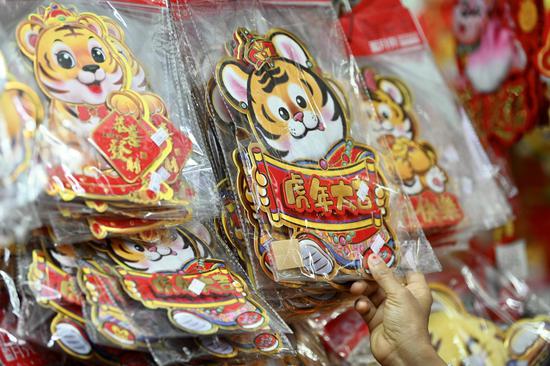


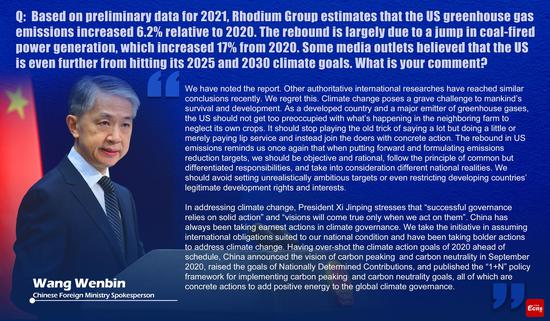
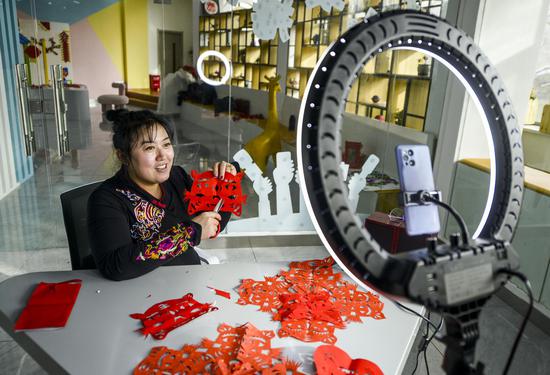
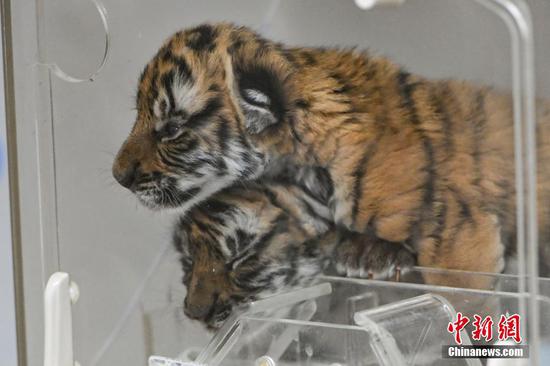







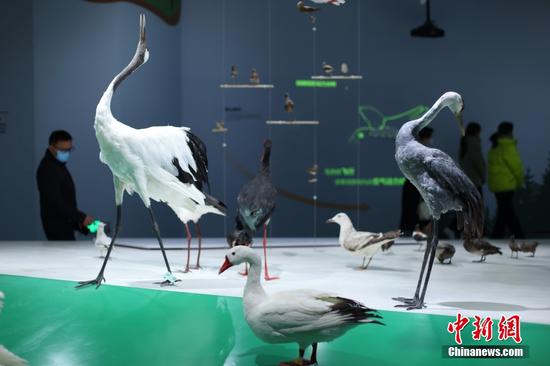

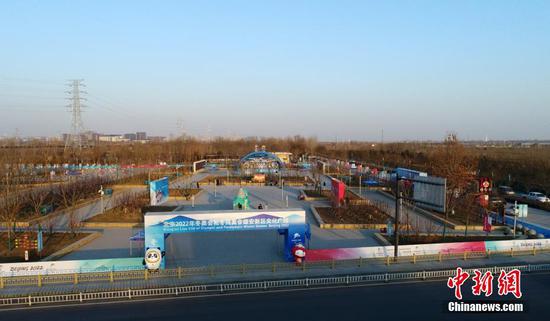

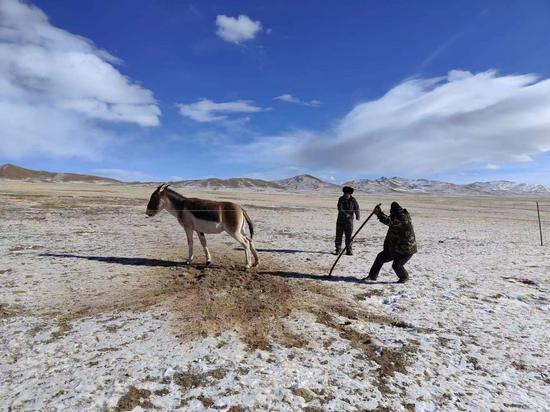
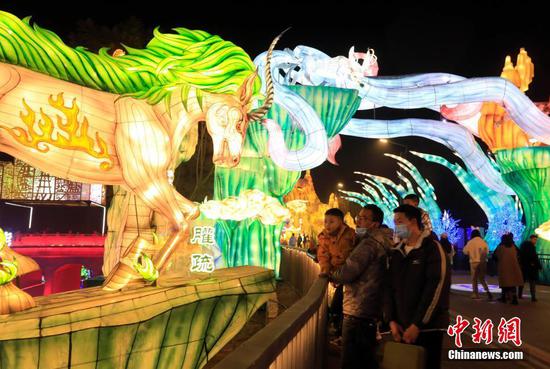

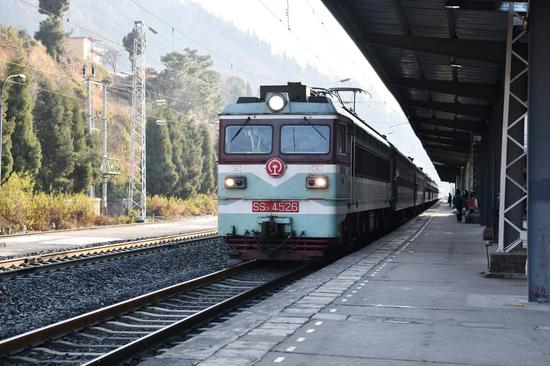
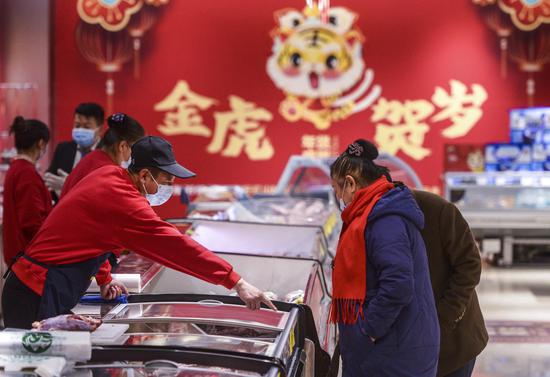


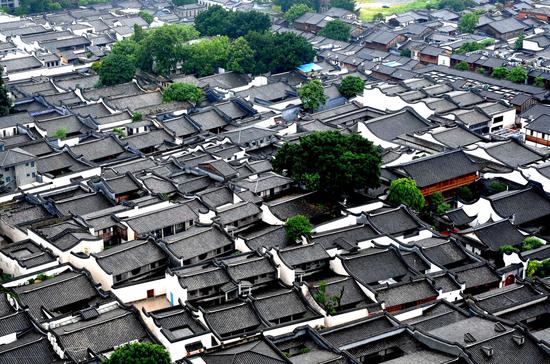
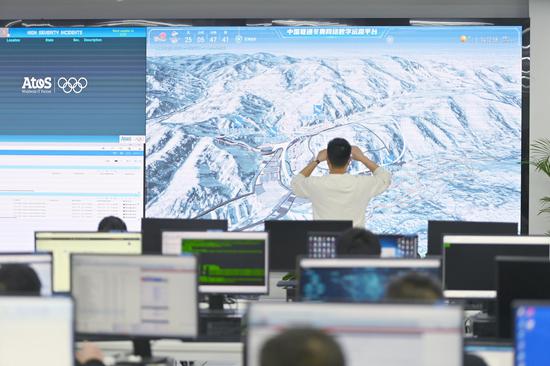

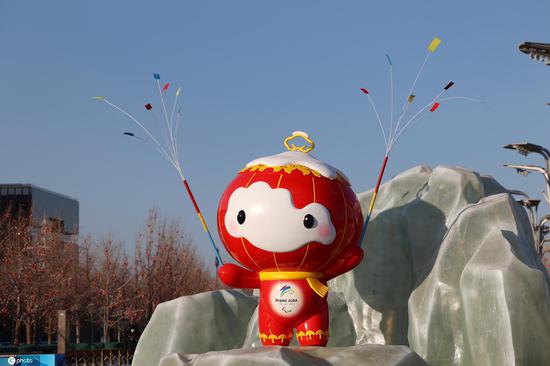
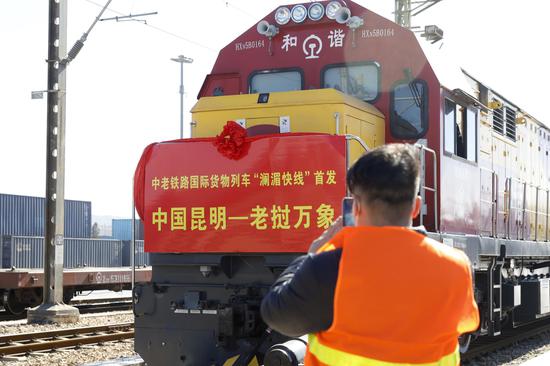

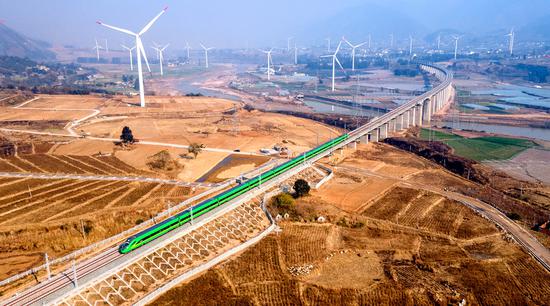

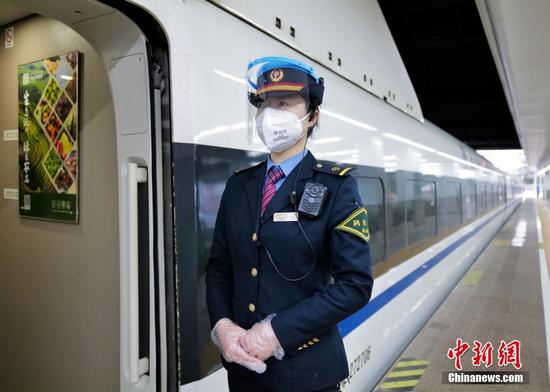



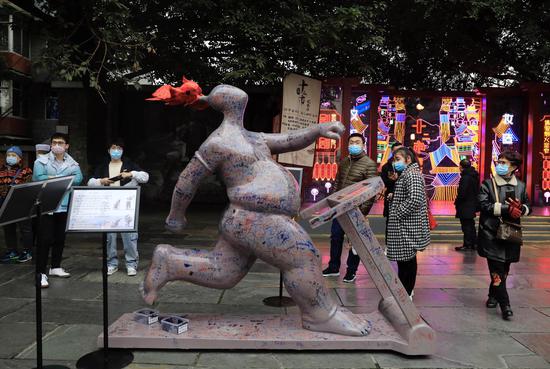





 京公网安备 11010202009201号
京公网安备 11010202009201号